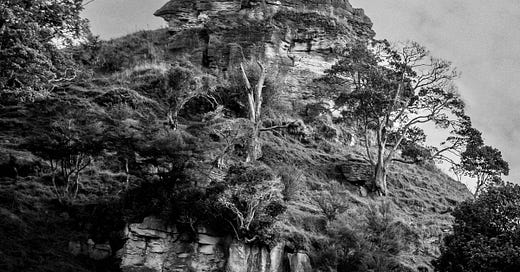NZ Visual Diary - entry 164
The lower Waikato Region


Home to the Waikato River, New Zealand’s longest river, the Waikato is one of New Zealand’s 16 regions.
Randolph and I recently returned from a trip to the lower Waikato town of Te Waitere The principal protagonist in Randolph’s historical novel about the life of an important political leader in New Zealand’s women’s suffrage movement lived and worked (1861-1865) at the Wesleyan mission station located in Te Waitere.
We traversed the length of the Waikato Region on our drive from Auckland to Te Waitere, which is located on the southern coast of the Kawhia Harbour.
Te Waitere is a small settlement on the southern shores of Kāwhia Harbour. It was the site of a Wesleyan mission station in the 19th century. Before the missionaries arrived, this area was known as Ahuahu to Māori – Te Waitere is a transliteration of missionary John Whiteley's surname. Early settlers called the locality Lemon Point because Whiteley planted groves of lemon trees, and the top of the point bears this name.1
The Kawhia Harbour area of the west coast (North Island) is among the most sacred and historical important places in Māori history.
I struggled to capture in my photographs the particular visual power of the region. The Waikato is stunningly beautiful.
Kerryn Pollock, 'King Country places - West coast', Te Ara - the Encyclopedia of New Zealand, http://www.TeAra.govt.nz/en/photograph/34641/te-waitere (accessed 21 April 2023)


